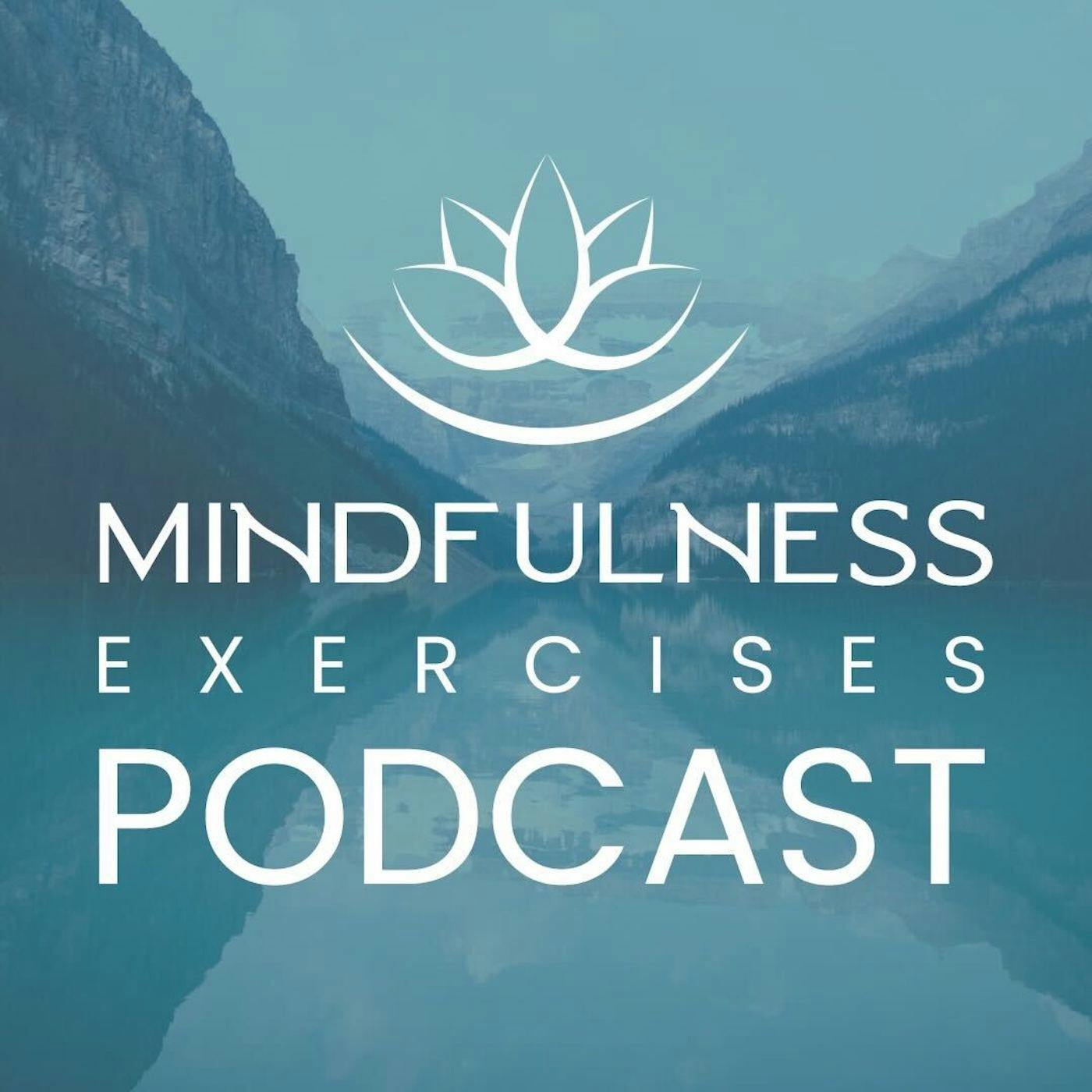
The Role of Mindfulness in Managing Pain and Discomfort

Mindfulness Exercises
Deep Dive
- Mindfulness can reduce pain intensity by up to 93%
- Gate theory of pain: mindfulness influences brain's pain processing
- Techniques: body scan, 3-minute breathing space
- Distinction between primary and secondary pain
Shownotes Transcript
Can mindfulness truly help with pain relief?
This powerful episode explores how mindfulness can shift our relationship with pain—both physical and emotional. Drawing from scientific insights, this episode dives into practical techniques that can reduce pain perception and promote healing.
We also discuss key takeaways from You Are Not Your Pain by Vidyamala Burch and Danny Penman, a groundbreaking book on using mindfulness to navigate chronic pain.
Whether you’re experiencing discomfort, stress, or simply want to deepen your practice, this conversation will leave you with valuable tools to transform the way you experience pain.
What You’ll Discover in This Episode:
✔ How mindfulness can reduce pain intensity by up to 93%
✔ The difference between primary pain (physical sensation) and secondary pain (mental/emotional suffering)
✔ Why resisting pain can make it worse—and how mindfulness fosters acceptance
✔ The gate theory of pain and how meditation can actually change how the brain processes pain
✔ Mindful techniques like body scanning, mindful movement, and the 3-minute breathing space
✔ How habit releases can rewire your brain’s response to discomfort
✔ Why community and social connection play a crucial role in pain management
Explore More Mindfulness Resources:
📚 Book Mentioned: You Are Not Your Pain – Vidyamala Burch & Danny Penman
🌱 Deepen Your Practice:
Want to become a certified mindfulness teacher? Explore our Mindfulness Meditation Teacher Certification to learn how to guide others in mindfulness-based practices.
🔗 Join Our Growing Community:
✅ Website: Mindfulness Exercises
✅ Instagram: @Mindfulness.Exercises
✅ LinkedIn: Mindfulness Exercises
✅ Facebook: Mindfulness Exercises
✅ Connect Community for Mindfulness Teachers: Connect Mindfulness Community
🎧 If you enjoyed this episode, leave us a review and share how mindfulness has helped you!
Learn more about your ad choices. Visit megaphone.fm/adchoices